
Holeshot86
-
Posts
6 -
Joined
-
Last visited
Content Type
Profiles
Forums
Articles
Gallery
Downloads
Events
Posts posted by Holeshot86
-
-
On 4/25/2022 at 10:54 AM, Leather Bill said:
Reading through this I had a few thoughts,some maybe not exactly applical to this build but related. If that butterfly on blower is origional I'd use it and lose the electric speed control until mfgr or motor shop says controler is ok. As for shutting gas down via solenoid in the event blower slows/stops. Draft induced gas furnaces have an air pressure switch,sail switch or other device to shut gas off. For those like Thomas Powers and I that scavange junk yards,there's always gas furnaces in them to rob. Safety measures/devices may not take a front seat when building the first or experimental burner but should certainly be on the short term to do list. Even redundant measures/devices make sense for homemade burners. Those junkyard furnaces have high quility safty valves in case pilot fails. The gas valve, thermocouple, draft blower,air flow switch and 24 volt transformer can save some $$ and up your safty if you can take them. While you are at it might as well grab the blower clamshell to vent the shop. Holeshot has a gas pressure regularor on the way but also mentioned having oxy/propane torch. Some torch regulators are capiable of enough volume to support small burners like these. If building a burner and already have a torch there's advantages to using it. The same regulator,hose,couplers,quick connects,flashback aresstors and backflow preventers can be easily switched between torch and burner plus are of high quility and reliability. Acetylene accessories work fine with propane with a couple caveats. Technically type R hose isn't approved for propane by some but have been used by many for years without incident. Most hose on shelf now is type T anyhow. The only reason an acety regulator might be limited is if it only registers 15 psi in the event you need higher pressure. Most regulators go higher than 30 psi.
I've used oxy-acetylene torch because I used to do autobody as a profession. Love the ideas of scrapping an old furnace and I will keep a lookout for one. I'm still looking for a gas fitting shop and info from Irving or running a line from my home tanks. As they are only used in the summer for my stove top cooking and heat in the winter I should have plenty year round with 500# of fuel. When it comes to nozzle size installed, I have no clue what was already installed a d haven't had time to look it over or take it apart. Was in New York all last week and had 2 home projects that took priority when I got home this weekend. Safety is definitely on my mind and it will be addressed as I can and hopefully before it ever becomes a problem. Not sure what you mean by the butterfly. And I will definitely test out the fan switch before running fuel through the system or firing up. I now have a fuel regulator that goes to 30psi and has a Guage and I have also got the itc100 reflective coating. Specs and reviews say I can just use that over my fiber mat without ridgedizer and refractory cement, so we will see if that is true.
-
All you experienced smiths know the sound and look well. I on the other hand have the experience only with oxi-acetylene torches and the look of the flame in videos. But like you said, it will be a fun learning curve and with the guidance I've got here hopefully it makes the start easier.
-
Hey guys, I appreciate all the help. I have no answer yet for the low pressure fuel system. I dont know if it was NG or LP. I only have access to LP and was going to pick up 100# tank. I do have a 0-30psi adjustable regulator with hose coming and should be here in a couple days. I still have to go online to get my wool coating. It is 2-3 layers deep if you recommend that I pull out half the thickness.
As for the CFM of the blower I also don't know right now but will update as soon as I get home from storm duty (probably tomorrow night 4/19). The power cord for the blower and speed dial is pretty long 20-30'. I know this will be a lot of trial by fire for me as I've never had a forge. But every bit helps and I will use the knowledge given. And yes, the wierd plumbing set-up caught me off guard quite a bit as well. I play with power all day on the poles but I've never been great as an electrician so the fuel solenoid may sit on the back burner for a while, atleast till I get comfortable with this forge and know that it is running well/ consistently.
I did get a picture of the tag. I could remember if I did. Says 50 CFM @ free air
-
Yes I know I need to find ridgedizer so let's get that out of the way.
Just picked this up last night. It is set up for low pressure gas and has a variable blower fan. I will have to convert it to LP grill tanks. Will the fan work or be usefull with a high pressure set up? Or how would I go about setting up a 40# LPG into a low pressure system?
The Smith says it works great as it sits but got rid of it because he built a bigger one. I know I need to ridgedize the fiber. I need to brick the openings. There are a couple welds that have broke free in transport home I believe. And the plaster/concrete on the bottom slides around in the forge.
Anyone know the best spots to go to to get what I need to convert this to LPG? Will Home Depot sell the fittings and long hose?
-
Hey guys/gals,
Live in Lebanon, NH and finally I'm piecing a small shop together. Just got my forge last night and made a connection with a local guy. I'm wondering where some of you are and how local to me? I'm as green as you can get to blacksmithing and blacksmithing.
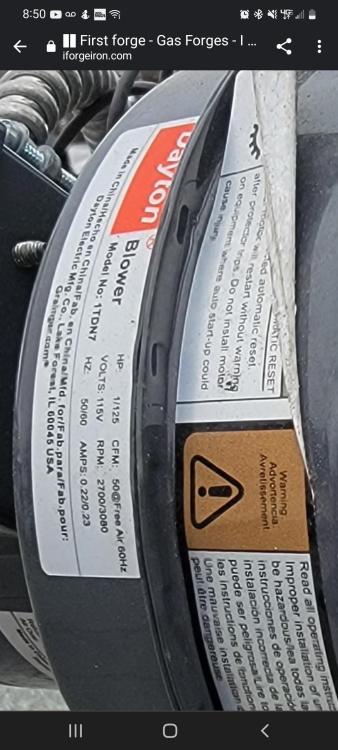
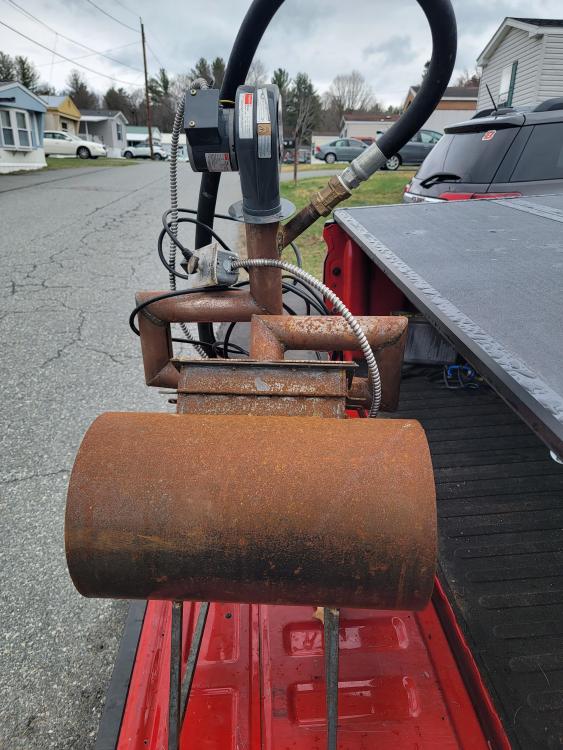
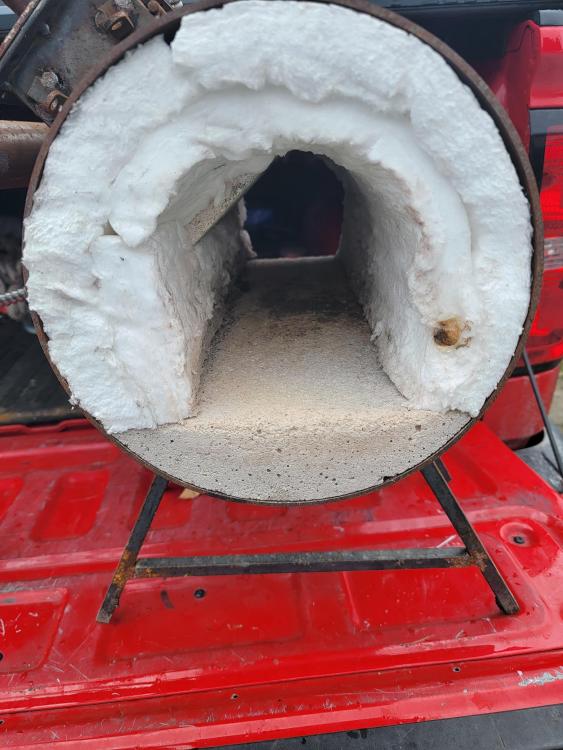
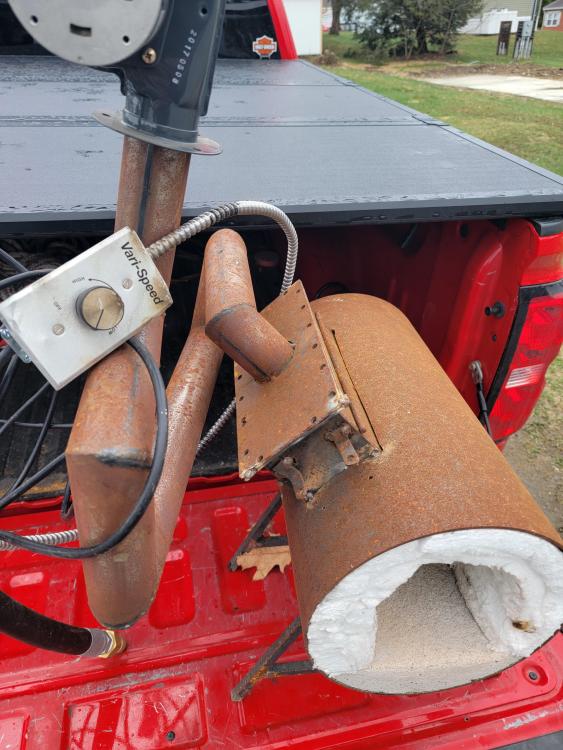
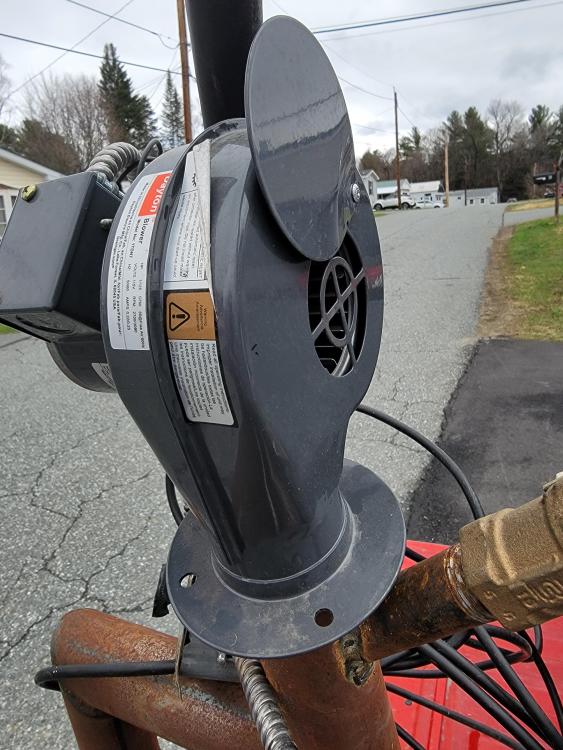
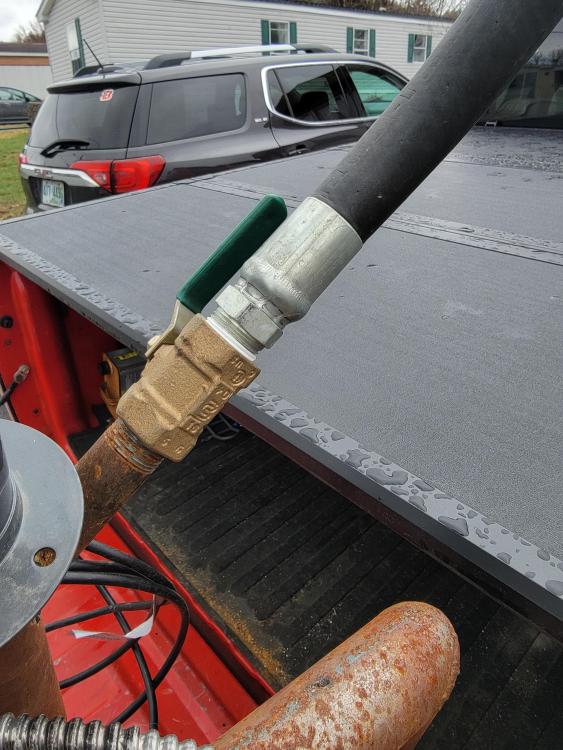
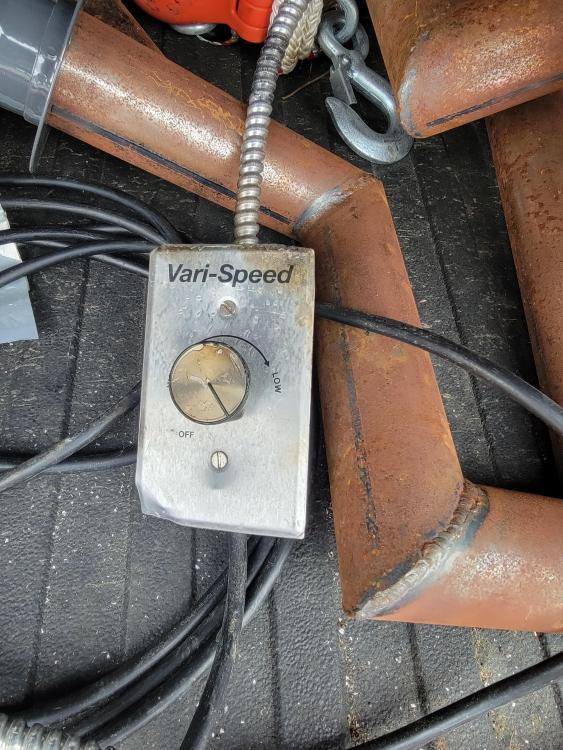
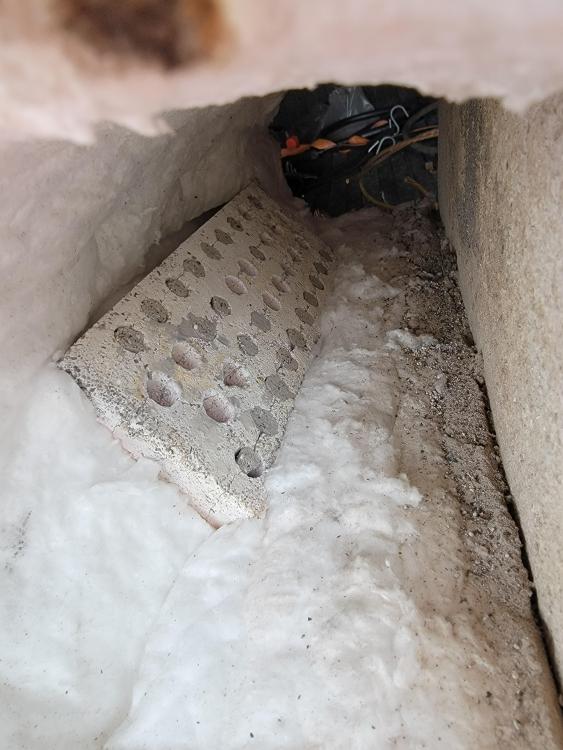
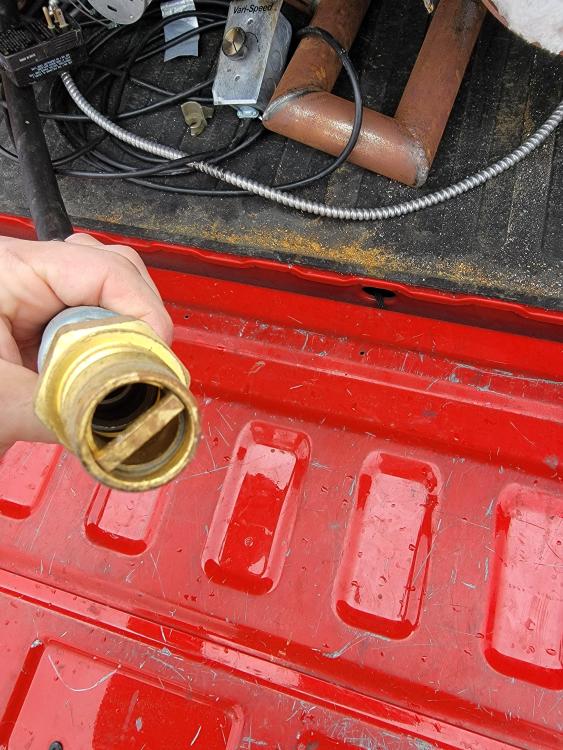
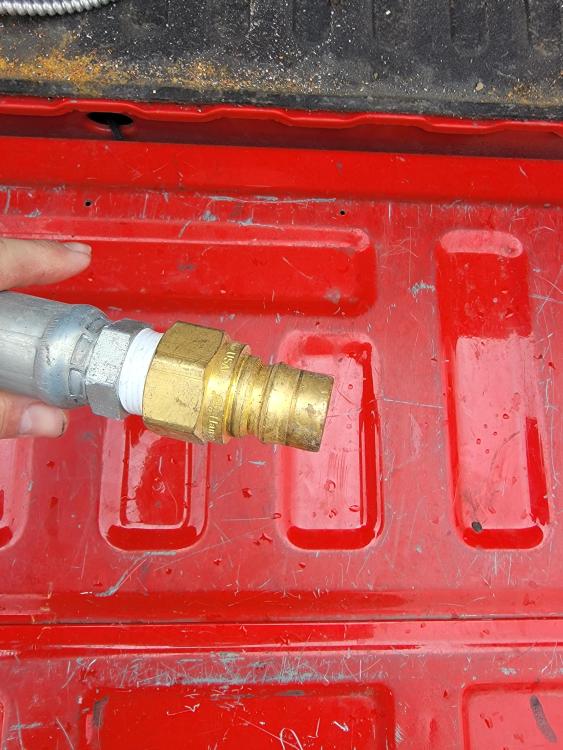
First forge
in Gas Forges
Posted
Sorry 100ht, not itc